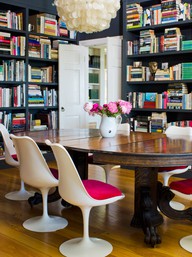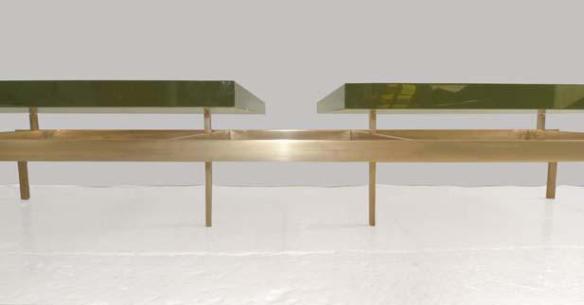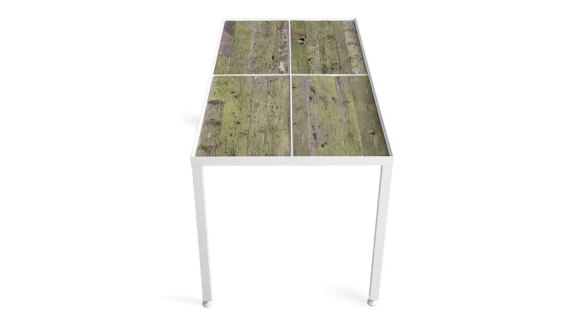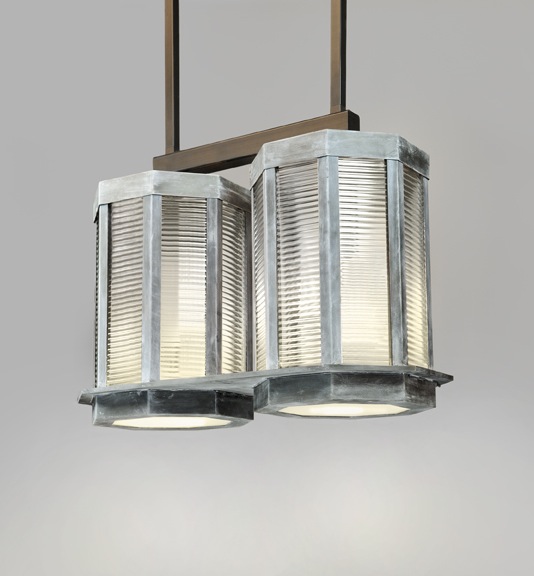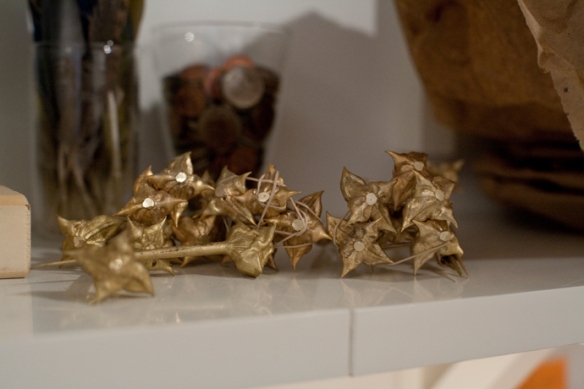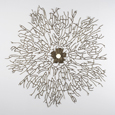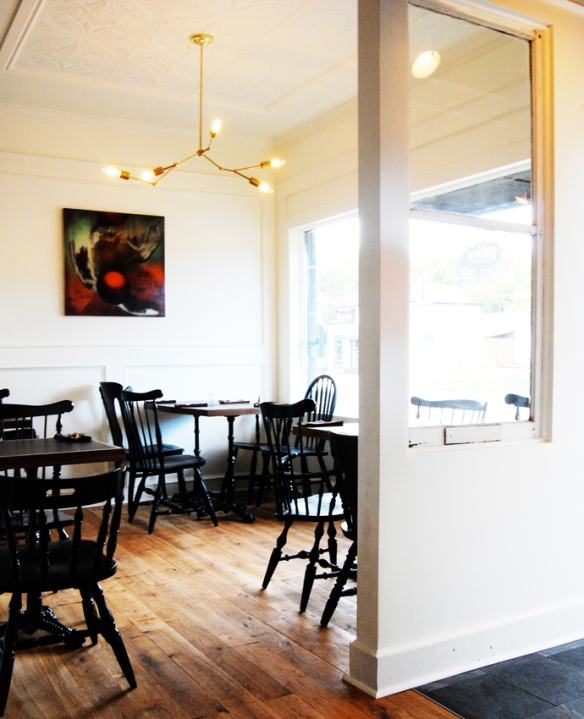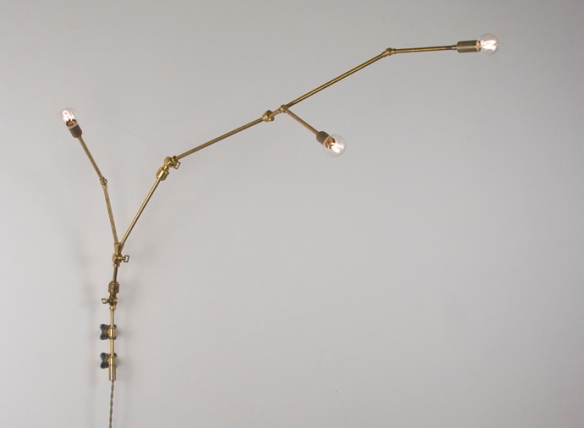 A fantastic article, 17 Things Color Consultants Want You to Know, by lead Houzz contributor, Becky Harris, came out on houzz.com this week. It is very thorough and really explains working with a color consultant–the process, rough costs and the benefits. I’m thrilled to be included in Becky’s article because I truly love learning about color and sharing my expertise. As Becky aptly points out, color consultants love what they do!
A fantastic article, 17 Things Color Consultants Want You to Know, by lead Houzz contributor, Becky Harris, came out on houzz.com this week. It is very thorough and really explains working with a color consultant–the process, rough costs and the benefits. I’m thrilled to be included in Becky’s article because I truly love learning about color and sharing my expertise. As Becky aptly points out, color consultants love what they do!
Tag Archives: Slow Living
Voted Best of Houzz 2013!
Andrea May Hunter Gatherer has been recognized as one of the 2013 Best of Houzz for both Design and Customer Satisfaction. Our portfolio contains some of the most popular images from 2012 among Houzz’s 11 million monthly users. You can see our award-winning work in this “Best of” ideabook. A big thank you to the Houzz community for this honor. Thrilled!
Chapter 1: Book-Filled Spaces with Volumes of Style

For someone who blogs on the subject of Slow Luxe Living, the pace around here has been anything but slow. So…..my sincere apologies for the blog hiatus. I assure you I was not snoozing, although that certainly sounds appealing. I’ve been operating at warp speed the past few months.
One of the things I have been doing is working on the La Jolla view project I mentioned about a month ago. Last I posted on this project, we were in schematic design phase. Well, now we are getting close to submitting plans. One of the must-haves on this project was room for lots and lots of books.
I love that!
Books add warmth to a home–and I don’t think you can say that about any electronic reader, can you? Here’s how I see it: Books tell you a story and then they tell your story.
If you’ll allow me a brief rant, I’m just not crazy about the current trends to turn all your books spine side in on the shelf, to color coordinate books or to buy vintage books simply to merchandise a shelf. I’m simply not a fan of any design trend that feels like it’s trying too hard. To me, books aren’t props or accessories. But, I won’t belabor this point…..
What’s your take on this?
Anyway, it’s always a privilege when I have the chance to work with clients who value books. And, in this case, we were inspired and challenged to create some very unique spaces for books.
One of these spaces is a “glass box” library that will sit off a main hallway–a bit like that wonderful library in the first image.
Another book-filled space will be the dining room. Finding a spot for this was a challenge because of the traffic pattern and the amazing ocean views. We came up with something like the floating bookshelves in the bottom image by McAlpine Booth Ferrier. We’ll have one of these between the kitchen and dining room, with room for an existing furniture piece on the kitchen side and bookshelves on the dining side.
So tell me, have you carved out any novel spots for books in your home? And have you read any good books this summer? Do share!
All images via Pinterest
My Slow Luxe Life, Unplugged and Recharged
I just spent a week unplugged. Not wireless, but totally unplugged. Off the grid. As in no iPad, iPhone, MacBook, iPod or other devices.
First, my husband and I spent a few days in Texas with my parents and my 99 year-old Grandma Lola. Fortunately, there was not enough time for a Scrabble game because she still beats me every time. It must be all that practice doing the New York Times crossword puzzle….
After that, we headed to my parents’ cabin in Ruidoso, in the mountains of southern New Mexico. We loved being in the cabin and in the pine forest, hanging out on the porch with my folks and starting the day together with a long hike.
The deer and elk, by the way, live on the river facing their cabin and they come right up to the house every morning.
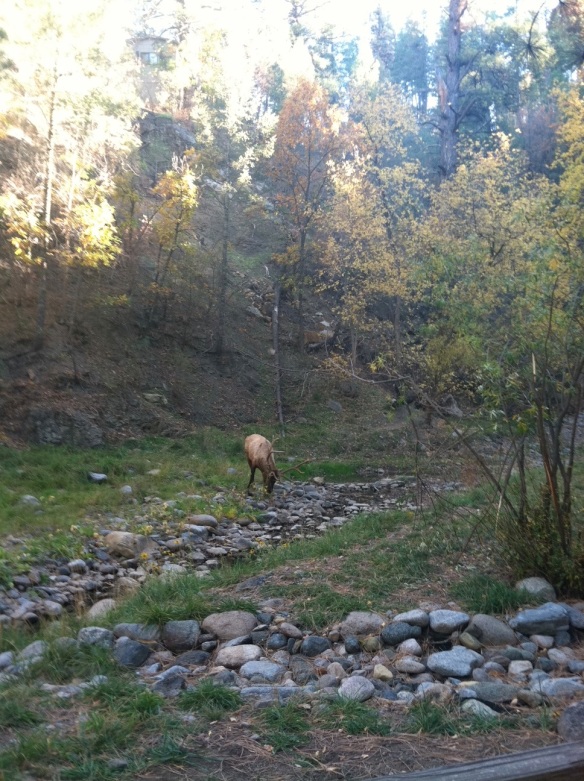 As always, I was inspired by my mother’s design sense. While my parents’ home in Texas is edited and sophisticated and the cabin in Ruidoso is full of unusual collections and it’s a bit intentionally rough around the edges, both homes have a distinctive narrative. They tell the stories of their city life and their country life, their family and friends and they tell the stories of artisans and craftsmen who have contributed to them.
As always, I was inspired by my mother’s design sense. While my parents’ home in Texas is edited and sophisticated and the cabin in Ruidoso is full of unusual collections and it’s a bit intentionally rough around the edges, both homes have a distinctive narrative. They tell the stories of their city life and their country life, their family and friends and they tell the stories of artisans and craftsmen who have contributed to them.


 The cabin is full of art done by local artists (friends of my parents), books, family photos, quirky collections like my mother’s paint-by-numbers, embroidered testers, Western bronzes, bears in trees and the menus she collected when we lived in Paris. In anyone else’s hands, it would be a horrifying hodge podge, but Phyllis May’s curatorial eye organizes all this into something so wonderful you don’t ever want to leave.
The cabin is full of art done by local artists (friends of my parents), books, family photos, quirky collections like my mother’s paint-by-numbers, embroidered testers, Western bronzes, bears in trees and the menus she collected when we lived in Paris. In anyone else’s hands, it would be a horrifying hodge podge, but Phyllis May’s curatorial eye organizes all this into something so wonderful you don’t ever want to leave.


 Moving on, we spent the last few days of our vacation in Steamboat Springs, Colorado, with my brother and sister-in-law and our cute, cute nieces, Tessa and Samantha. Hiking through the mountains in the morning is awe-inspiring. It reminded me of something I was told years ago and try to remember:
Moving on, we spent the last few days of our vacation in Steamboat Springs, Colorado, with my brother and sister-in-law and our cute, cute nieces, Tessa and Samantha. Hiking through the mountains in the morning is awe-inspiring. It reminded me of something I was told years ago and try to remember:
All of your design problems are solved in nature.
What do you think of that? Is Mother Nature ever “off”? How are you inspired by nature in your own design?
Happy to be back and feeling quite energized by my technology break! Have a great week…..
My Mid-Week Made-In-America Slow Luxe Design Series: KGB Limited
As I was agonizing over which Slow Luxe Design company to feature this week–this one or that one or perhaps the other one–a miraculous thing, indeed, occurred. The decision appeared via email.
I opened my email and the answer was staring at me, in the form of this spare little caramel-colored leather table by KGB Limited. Otherwise known as My Current Crush, Emile.
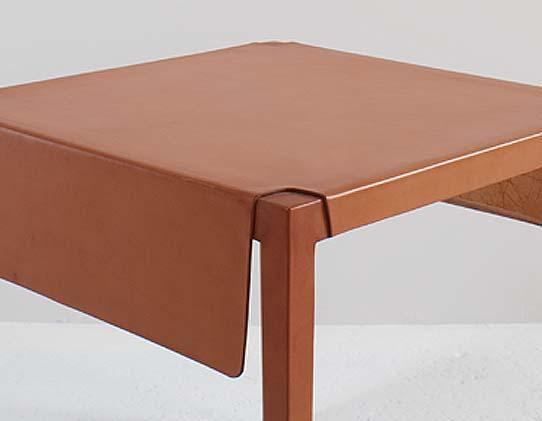
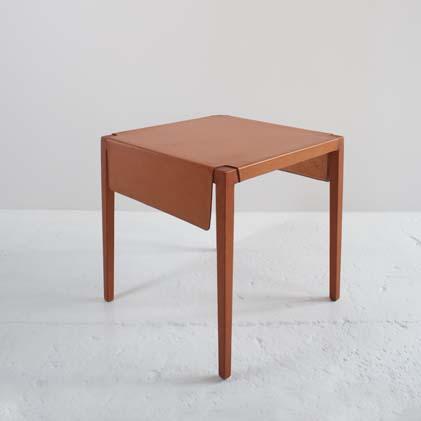
The table is handcrafted with a centuries-old technique where water-saturated leather is stretched over a maple frame and molded into shape. And it’s made in New York City. So sweet, sleek, chic and altogether irresistible.
Who is this KGB, you ask? Well, I would tell you but I might have to kill you. Okay, not really…. KGB Limited is Khouri Guzman Bunce Limited, founded by architects David Khouri and Roberto Guzman and interior designer/sculptor, Christiaan Bunce. Together, they create a line of handcrafted American furniture which can be seen at their stunning showroom in Chelsea’s Gallery District.
The line is, as they put it, “unapologetically modern but executed in materials and utilizing methods associated with older levels of craftsmanship.”
No apology necessary, gentlemen.


KGB works in some of my favorite materials, including fumed white oak, silicon bronze, Statuario and Nero Marquino marble (and some surprisingly amazing materials I never considered, like Pyrex).
And yes, I am somewhat obsessed over the finger-jointed walnut detail in the Statuario marble. In fact, it is the thoughtful detailing of all of the KGB pieces that really makes this collection special.
KGB Limited has fashioned sophisticated pieces that employ marquetry, leather molding and precious metal plating techniques.
So, what do you think, my Slow Luxe sweeties? Which of the KGB Ltd. pieces do it for you? 
One Door Closes, Another Door Opens: New Projects!
Image
 Right now, I’m tying up loose ends on a few projects–and I’m digging into some fantastic new construction projects right here in La Jolla. I’m so excited about this!
Right now, I’m tying up loose ends on a few projects–and I’m digging into some fantastic new construction projects right here in La Jolla. I’m so excited about this!
This is one of the parts of any project I love the most: the blue sky phase. This is where we bubble out all the need-to-haves and want-to-haves and discover how we can make the home significant for the homeowner.
Then, we go to work on the schematic design.
The lot on my first project has a fabulous ocean view, so siting the house right is absolutely critical. We’ve spent hours looking at the grading plan, walking the site and scurrying up and down ladders to get onto the existing structures so that we know exactly how everything looks from every spot on the property. For the record, climbing onto roofs is not my favorite part of the project!
As I said, we’re just beginning the project and everything at this stage is still very schematic. In other words, we have a general floor plan in place but we haven’t fully fleshed it out–not by a long shot–and everything is still shifting. So, I’ll wait until we are more finalized on that to post about the floor plan…..
By the way, I’ve worked with the architect on this project for many years and because we’ve done so many projects together, we have an almost telepathic work style. It’s going to be a lot of fun to team up with her again!
This family wants an indoor/outdoor home, comfortable for entertaining on an intimate as well as a large scale. Since this La Jolla beach house will be a place for friends and family to visit and to gather, I’ve spent a great deal of time thinking about how to accommodate guests of all ages.
So, here are some of the thought bubbles I have so far, via Pinterest.
I’m really liking the idea of using part of the second floor family room for bunk beds. It’s an efficient use of space. I love the feel of tucked-away, cozy spots, which can also multipurpose for reading or just hanging out.
Or maybe building a great multi-bunk unit in one of the secondary bedrooms is the way to go.
What do you think of the bunk idea?



 Looking forward to sharing this project with you as it progresses! Hope you are all off to a great week.
Looking forward to sharing this project with you as it progresses! Hope you are all off to a great week.
Images via Pinterest.
My Mid-Week Made-In-America Slow Luxe Design Series: Edwin Blue Furniture
Here’s what it says on Edwin Blue Furniture’s Facebook Page bio: “At Edwin Blue, our mission and namesake is dedicated to reviving the spirit of a time that treasured things built to last.”
Okay. My knees are weak. I think I’ll have a seat. (This one is the gorgeous Rise Arm Chair…..)
Edwin Blue was founded by industrial designer Clayton Vogel and architect Matthew Hufft. The two longtime friends set out to put their unabashed idealism into practice, designing and building beautiful, functional, inheritable furniture. Vogel and Hufft were inspired by the reputation the United States once held as a nation of makers. They sought to do their part to earn that reputation back with their collection of thoughtfully-designed, hand-crafted furntiure.
Simple lines, generous proportions and a focus on sustainable, high-quality materials distinguish Edwin Blue furniture.
Designed for the contemporary market, the furniture is built through mostly traditional means by a team of craftspeople in the century-old stable that now houses the Edwin Blue studio.
“We create furniture that people want,” Clayton recently told Architects + Artisans. “To do that, it has to be executed in a timeless manner so that not only will you like it, but your children and grandchildren will too.”
This kind of precise detailing–the type that appears clean and simple–is anything but simple. The process is excruciatingly precise, much like creating a fine piece of jewelry.
Edwin Blue only uses responsibly-harvested lumber, and chooses locally-produced or salvaged wood whenever possible. Currently they work with locally sourced timber like Black Walnut, White Oak, Sycamore, Sinker Cypress, as well as FSC-certified Machiche. Grown in Guatemala by local farmers, Machiche has the rich grain and durability of a tropical hardwood and is one of the most sustainably-grown woods in the world. Edwin Blue uses only VOC-free finishes on its wood furniture.
“It’s as green as we can make it, and still make it heirloom quality,” he says.
Edwin Blue’s work is aimed at accentuating the owner’s experience (of course, it elevates the maker’s experience, too.) Every piece is made to order with the client in mind, like a limited edition art piece.
All this, of course, is Slow Luxe Design–the farm-to-table of the home. Thoughtfully designed, heirloom quality, sustainable materials, handmade in America.
 For more information on Edwin Blue furniture, go to http://edwinblue.com/. All images via Edwin Blue.
For more information on Edwin Blue furniture, go to http://edwinblue.com/. All images via Edwin Blue.
My Mid-Week Made-In-America Slow Luxe Design Series: Christopher Peacock
I’m delighted to tell you that the one and only Christopher Peacock is in the Slow Luxe house this Mid-Week. Yes, my dear friends. That Christopher Peacock. The Christopher Peacock who has been whipping up some of the world’s most delicious kitchens in his company’s American workshop going on twenty years. And to celebrate this twenty-year milestone, they’ve recently debuted the highly anticipated Culinarium Collection.
This spectacular collection is a nod to the color, style and the romantic countryside of Denmark, The Netherlands and Flanders. The Collection exemplifies the ultimate in luxury and quality. “Culinarium is an important part of our global luxury strategy. I’ve chosen a blend of painted cabinetry and hand-selected white quarter sawn oak to exist together in a room. Culinarium takes on a more traditional feel as I’ve chosen to use cladding on the end panels in the room and I’ve made the door styles and rails wider. There is a chunkiness to the entire Collection, including the rounded hutch. What’s always thrilling for me is the hardware. I’m introducing polished copper hardware for its first showing. The rounded pulls and chic knobs are truly elegant, stunning and are destined to become iconic, and, I believe, fated to become the fashion. To say the least, I’m extremely proud of our work,” says Peacock.
Headquartered in Connecticut with showrooms in Greenwich, Chicago, Boston, and San Francisco, and representation through a select group of design associates, Christopher Peacock products have been manufactured exclusively in the United States for 20 years. Every room of cabinetry is made to order and specifically detailed for the individual client. Using only the finest materials, his team of craftsmen fashion raw timbers into cabinetry suited for every room in the home. From kitchens to libraries, to spectacular bathrooms, Christopher Peacock remains the benchmark of taste and understated elegance.
I find the detailing of the new Christopher Peacock collection entirely fresh. I admit I was smitten by the hardware from moment I laid eyes on it. What do you think? Can you see polished copper handles in your future? What do you think of the chunkiness of Culinarium and the mix of materials?
Or do you prefer some of the past work we’ve seen from Christopher Peacock Home pictured below? For me, it’s all about the perfect understated mix of ingredients, whether traditional or modern, kitchen, bath or library and impeccable American craftsmanship.
Drop me a line, darlings.
I’ll be curled up with a good book in that bottom photo waiting to hear from you….
All images via Christopher Peacock Home.
My Mid-Week Made-In-America Series: A Sneak Peek at the Urban Electric Company’s New Steven Gambrel Collection
Did you pick up a particularly lucky penny recently? Are your stars in perfect alignment? You must be doing something right because today is your lucky day! Today is the day you are getting a behind-the-scenes v.i.p. preview of The Urban Electric Company’s drop-dead gorgeous new Steven Gambrel collection.
I sincerely hope that you are sitting down. I have to tell you that, when I first got a glimpse of this stunning collection, I personally had a bit of an “I’ve-fallen-and-I-can’t-get-up” moment. This sophisticated collection, which officially launches June 1st, is a merging of one of the most talented designers in the country, Steven Gambrel, and the unparalleled bench-made American craftsmanship of The Urban Electric Company.
Based on utility fixtures, such as those from the shipping industry, Gambrel then mixed in elements that were more decorative, so that the collection feels both familiar and completely unpredictable, utilitarian and entirely sophisticated. The Malplaquet, for example, is based on an industrial light, but it’s fitted with striped custom glass that pushes it well beyond convention. 
If you want the full behind-the-scenes experience, I invite you to view this video, The Making of the Steven Gambrel Collection. It really showcases Gambrel’s inspiration and vision for the collection and the amazing collaborative process that went into the collection.
Here’s a peek at the Gilfroy and the Boxbridge:
Here are some other highlights of the Steven Gambrel Collection–and my personal favorites, by the way.
Kardamyli offers a great-looking flush-mount option, which is not always easy to find.
The Abbott wall light has clean, go-anywhere good looks, smart details and I can see it in so many different finishes. (Okay, I admit, I’m a sucker for a well-placed slotted screw…..)
I’m completely smitten with the Erddig fixtures for their timeless simplicity. One for the table. One for the wall. One for the floor. And the split finish possibilities! Well, for me, these are the classic Chanel cap-toes of the collection.
And then there are the lovely lyrical Suffolk chandelier and the handsome Houghton.
Every time I look at the collection, I notice another delicious detail. Like the petite glass ball at the bottom of the Suffolk. Stunning!
What do you think? Tomorrow is the official launch. Will you be heading to The Urban Electric Company web site to see the rest of the collection? Drop me a line, darlings!
My Mid-Week Made-In-America Slow Luxe Design Series: Lindsey Adelman Studio
This week, more than 500 exhibitors showed their beautiful wares at the International Contemporary Furniture Fair in NYC. One of the standouts was the Lindsey Adelman Studio. And that, my dear friends, is where I will be shining my Mid-Week Made-In-America spotlight today. Of course, if you already know this studio’s work, such as the Bubble Series, you know it shines all by itself, thank you very much. 
Since the studio’s inception in 2006, the Lindsey Adelman Studio’s focus has mainly been on hand-blown glass and brass lighting. (Or should we say mind-blowing hand-blown glass and brass lighting? You decide….) In their NYC studio, this team of ten artisans designs, builds and shows their work. Lindsey Adelman Studio’s globes are hand-blown in NYC by glass artist Michiko and parts are machined out of solid brass in the U.S.. Through 1:1 scale model-making and testing, forms and ideas evolve collaboratively.
Now, this talented team, led by Creative Director, Lindsey Adelman, is branching out into jewelry, vessels, tiles, and wallpaper, in materials including wood, concrete, porcelain, gold, and stereolithography. With skill and care, the team of 10, along with its small network of local artisans, manufactures each piece to order.
One of the truly unique offerings from the Lindsey Adelman Studio is the You Make It lighting series. This democratic design concept is a whole new chic twist on DIY. Definitely not the rug-hooking kits of my youth. This is a series of lights designed with standard industry parts that you build with the Lindsey Adelman Studio’s instructions. You can make a chandelier, a mobile, a clamp lamp or a sconce. As the studio explains it, experimenting with off-the-shelf parts is how Lindsey Adelman herself got started before designing and manufacturing the custom system for the Bubble Series.
So gorgeous. So amazing. Now, even one of the most luxurious handcrafted American lighting collections is available for DIYers. What do you make of that? Something stunning, no doubt.



